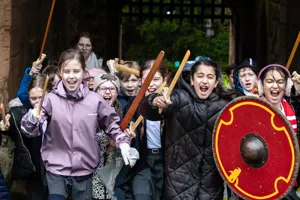
Warwick Castle for Learning
Warwick Castle offers a wide range of workshops and tours for early years and KS1 - KS4. Read our guide below to learn more!
All tours and workshops last 30 minutes. Those tours and workshops that appear at more than one key stage are adapted to suit.
Book now
Early Years and Key Stage 1
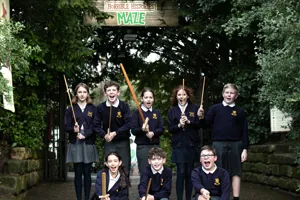
Ultimate Kids tour
Assisted by medieval costumes and props, your class will explore the castle of old and its various areas and functions—from the ammonites in the Great Hall floor to the mighty Barbican and Gatehouse.
Curriculum Links:
-
Significant historical events, people, and places in their locality.
-
Similarities and differences between ways of life in different periods.
Key Skills and Learning Objectives:
-
Developing an awareness of the past by exploring the growth of the castle from its Motte and Bailey roots.
-
Expanding vocabulary related to castle structures and their functions within a medieval castle.
-
Understanding the different defensive structures inside the castle Barbican and imagining what it must have felt like for an attacking army to experience these defences.
-
Learning about the armour, weapons, and equipment of a Norman knight through dressing a pupil.
-
Understanding the responsibilities and expected behaviour of Victorian servants.
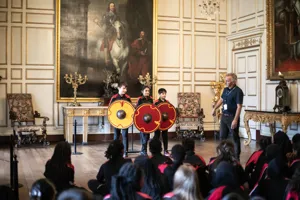
Castle Life
In this workshop, your class will grind corn, uncover some unusual medieval medical practices, and explore the techniques of Wattle and Daub, gaining insight into the daily lives of ordinary castle folk.
Curriculum Links:
- Significant historical events, people, and places in their locality.
- Similarities and differences between ways of life in different periods.
Key Skills and Learning Objectives:
- Developing an awareness of the past by exploring the growth of Warwick Castle from its medieval roots.
- Learning the vocabulary of medieval jobs and their functions.
- Understanding the different responsibilities of children in medieval times compared to today.
- Learning to grind wheat.
- Discovering how herbs and medicinal plants were used to treat ailments.
Key Stage 2

Attack and Defence
Assisted by medieval costumes and replica wooden weapons, your class will be guided to imagine the challenges faced by any army foolish enough to attack the mighty Warwick Castle.
Curriculum Links:
- A local history study.
- Significant events beyond living memory.
- A post-1066 study of relevant local history.
Key Skills and Learning Objectives:
- Understanding the structure and power of a Motte and Bailey castle.
- Exploring the development of castle defences and the weapons used to overcome them over time.
- Gaining insight into the different defensive structures within the castle Barbican and what it must have felt like for an attacking army to encounter these defences.
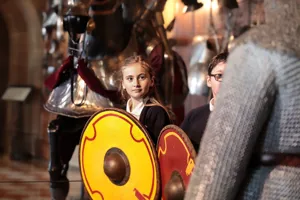
Norman Warwick 1066-1068
Against the backdrop of a Norman Motte, students will hear stories of the Battle of Hastings and experience what it was like to fight in a shield wall. They will also learn how William I consolidated his power by building Motte and Bailey castles.
Curriculum Links:
- Edward the Confessor and his death in 1066.
- A post-1066 study of relevant local history.
- A significant turning point in history.
Key Skills and Learning Objectives:
- Understanding the key events and composition of the armies at the Battle of Hastings.
- Learning how to construct a shield wall.
- Exploring the structure and power of a Motte and Bailey castle and how William I used them to secure his control of England after the conquest.
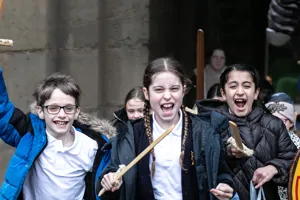
Aethelflead’s Warwick (Saxon Life)
The daughter of Alfred the Great, Aethelflaed, built the first defensive burh on the site of Warwick Castle. With the aid of Saxon props, costumes, and historical artefacts, this workshop explores Saxon life, medicine, and crime and punishment during her time.
Curriculum Links:
- The Viking and Anglo-Saxon struggle for the Kingdom of England up to the time of Edward the Confessor.
- Anglo-Saxon laws and justice.
- Resistance by Alfred the Great and Athelstan, the first King of England.
Key Skills and Learning Objectives:
- Introduction to the significance of Alfred the Great, his daughter, and the reasons for the construction of burhs in Mercia and Wessex.
- Understanding the importance of source material, notably Bald’s Leechbook.
- Recognising the value of artefacts when researching daily Saxon life.
- Learning the value of Saxon coinage and the cost of key commodities in Saxon England.
- Understanding how blood feuds were reduced by the introduction of Weregild.
Key stage 3 and 4
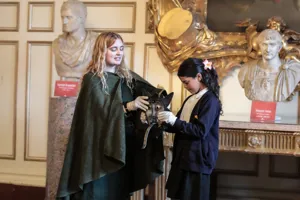
Wars of the Roses
Using role play, props, and costumes, your class will be introduced to the key players and events of this turbulent period of English history, including the role of the 16th Earl of Warwick, which ultimately led to the downfall of the Plantagenets and the rise of the Tudor dynasty.
Curriculum Links:
- The development of Church, state, and society in Medieval Britain, 1066-1509.
Key Skills and Learning Objectives:
- Understanding the key players during the Wars of the Roses, their roles, and influence.
- Gaining knowledge of the role and motivations of the Kingmaker and the impact of his daughters, Isobel and Anne.
- Understanding the important role played by Richard Neville at the First Battle of St Albans.
- Exploring the tensions caused by Edward IV’s marriage to Elizabeth Woodville and his subsequent support and elevation of the Woodville family.
- Understanding the reasons behind Richard Neville’s change of allegiance.
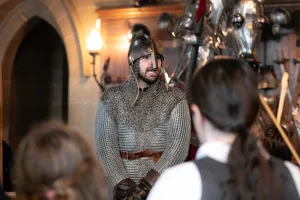
Warwick Castle Unwrapped (Guided Tour)
The tour traces the castle’s history from its foundations as an Anglo-Saxon settlement, through its use as a medieval fortress, a Tudor prison, a stately home, and to its current role as an educational and tourist attraction.
Curriculum Links:
- The development of Church, state, and society in Medieval Britain, 1066-1745.
- Ideas, political power, industry, and empire: Britain, 1745-1901 (the Enlightenment in Europe and Britain).
- Challenges for Britain, Europe, and the wider world, 1901 to the present day.
- A study over time, testing how far sites in their locality reflect aspects of national history.
Key Skills and Learning Objectives:
- Understanding the development of Warwick Castle through its different owners and allegiances.
- Understanding the roles and influence of the Earls of Warwick during key historical periods, such as the Hundred Years' War.
- An introduction to key historical periods and events, e.g., the Second Barons' Rebellion, the Hundred Years' War, and the Enlightenment.
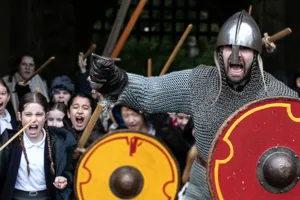
Sword and Battle Skills
In this highly interactive workshop, students will be introduced to a medieval man-at-arms and learn the discipline and skills needed to become a successful foot soldier.
Curriculum Links:
- A study of an aspect or theme in British history that extends pupils' chronological knowledge beyond 1066.
Key Skills and Learning Objectives:
- Understanding the roles and responsibilities of a medieval foot soldier.
- Gaining an understanding of battlefield hierarchy.
- Learning about the weapons and equipment used in medieval battles.
- Learning medieval commands and foot drill.
Tours & Workshops led by a member of the Warwick Castle Education Team cost £3 per student. Please note a minimum capacity charge of £90 applies to these workshops.
Workshops led by a Warwick Knight cost £4.50 per student. Please note a minimum capacity charge of £150 applies to these workshops.
We offer workshops for all key stages to enhance your education at Warwick Castle. Each workshop comes with worksheets for the day and support materials for lessons before and after your visit.
KS 1-4+ History/Stem
£3 per pupil.
With the aid of historical props, costumes and real-life stories, our knowledgeable team will immerse your class in over 950 years of English history and the role played by Warwick Castle
Click here for detailed workshop information and key stage links
KS2-4+ History.
£4.50 per pupil
Immerse your class in Medieval Life and Warfare taken to the next level, where honour and duty counts and there is a strict Hierarchy.
Self-Guided Tours
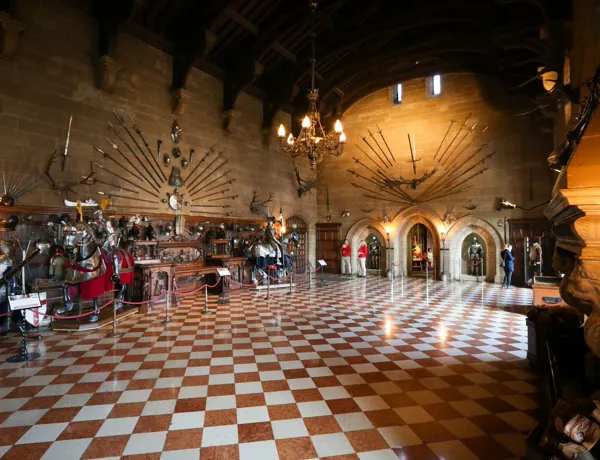
Great Hall & State Rooms
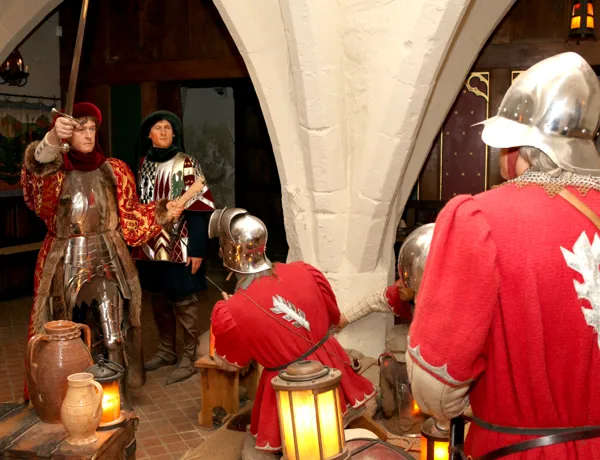
Kingmaker Exhibition
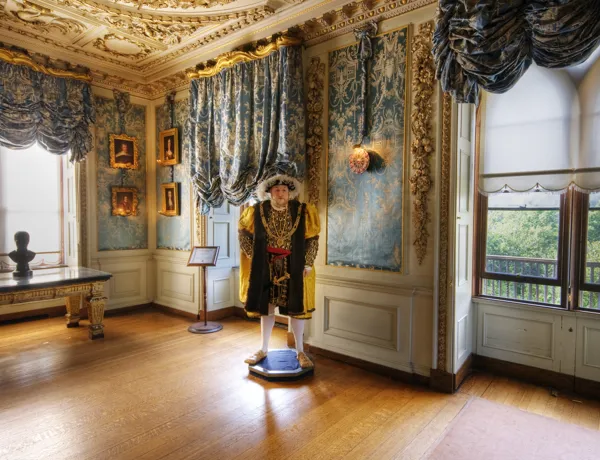
The Royal Weekend Party
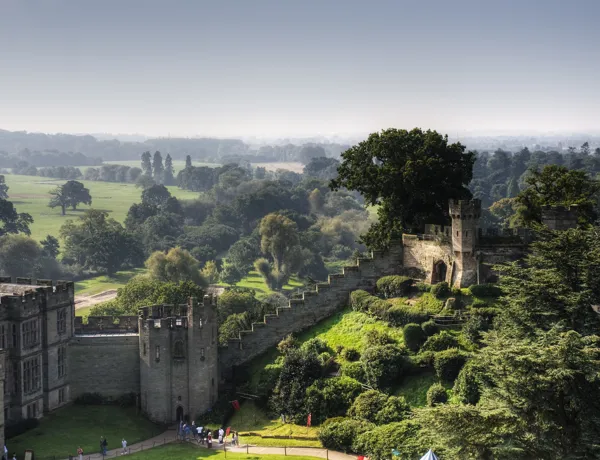
Towers & Ramparts
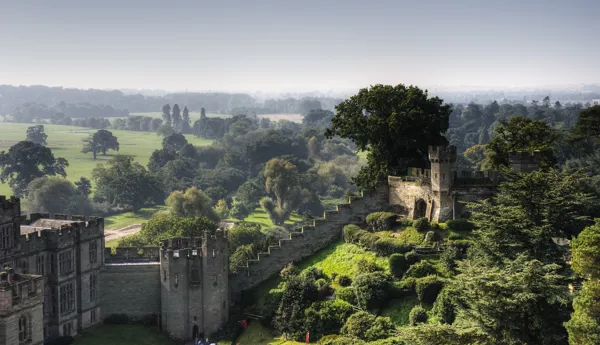
The Conquerors Fortress
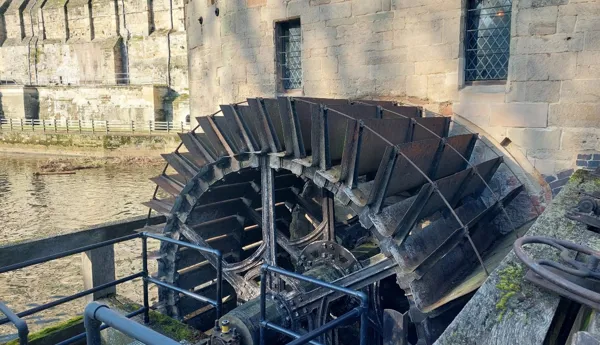
The Mill & Engine House
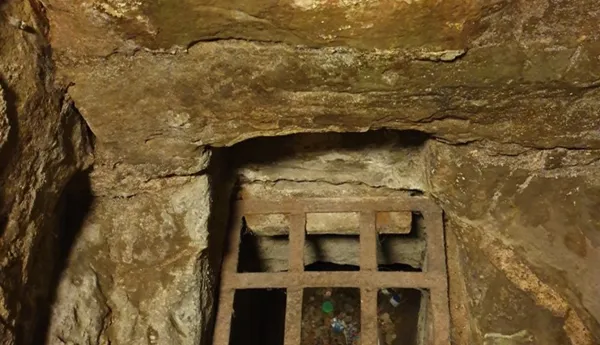
The Gaol
Workshops & Tours
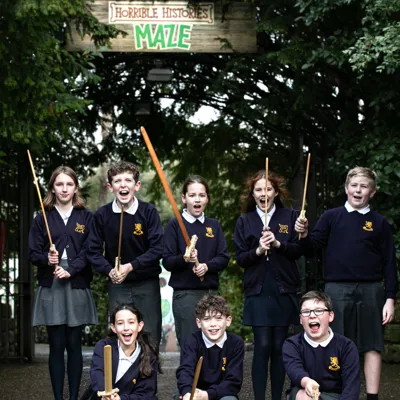
Ultimate Kids tour
Assisted by medieval costume and props your class will explore the castle of old and the various areas and functions of the castle, from the ammonites in the Great Hall floor to the mighty Barbican and Gatehouse.
Castle Life
In this workshop, your class will grind corn, spin cotton and learn a medieval game as they explore what life was like for everyday castle folk.
Curriculum links
- Significant historical events, people and places in their locality.
- Similarities and differences between ways of life in different periods.
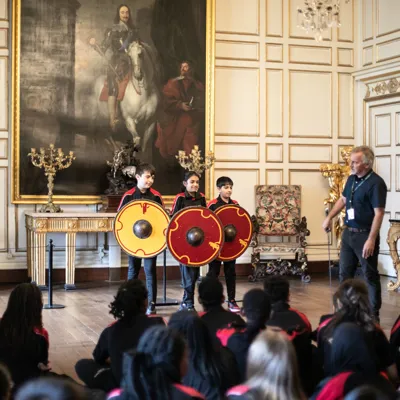
Attack and Defence
Assisted by medieval costume and replica weapons (wood) your class will be guided to imagine the challenges facing any army foolish enough to attack the mighty Warwick Castle.
Curriculum links
- Significant events beyond living memory.
-
A post 1066 study of relevant local history memory.
Norman Warwick 1066-1068
To the backdrop of a Norman Motte Students will hear stories of the battle of Hastings and experience what it was like to fight in a shield wall learn how William 1st consolidated his power by building Motte and Bailey castles.
Curriculum links
- Edward the Confessor and his death in 1066.
- A post 1066 study of relevant local history.
- A significant turning point in history.
Aethelflead’s Warwick (Saxon Life) - coming soon!
The daughter of Alfred the Great, Aethelflaed, built the first defensive burgh on the site of Warwick Castle. With the aid of Saxon props and costume, this workshop explores Saxon life and crime and punishment in her time.
Curriculum links
- The Viking and Anglo-Saxon struggle for the Kingdom of England to the time of Edward the Confessor
- Anglo-Saxon laws and justice
- Resistance by Alfred the Great and Athelstan, the first king of England
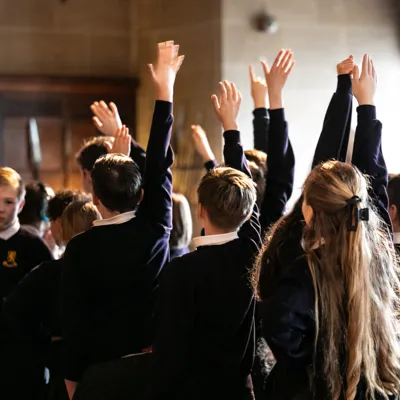
Wars of the Roses
Using role play, props and costumes, your class will be introduced to the key players and events and the role of the 16th Earl of Warwick in this turbulent period of English history, which ultimately led to the destruction of the Plantagenets and the rise of the Tudor dynasty.
Curriculum links
- The development of Church, state and society in Medieval Britain 1066-1509
- Understanding historical concepts such as continuity and change, cause and consequence, similarity, difference and significance, and using them to make connections, draw contrasts, analyse trends and frame historically valid questions.
Warwick Castle Unwrapped
The tour traces the castle’s history from its foundations as an Anglo-Saxon settlement through to its use as a medieval fortress, a Tudor prison, a Stately home and to its current role, as an education and tourist attraction
Curriculum links
- The development of Church, state and society in Medieval Britain 1066-1745
- Ideas, political power, industry and empire: Britain, 1745-1901 (the Enlightenment in Europe and Britain)
- Challenges for Britain, Europe and the wider world 1901 to the present day
- A study over time, testing how far sites in their locality reflect aspects of national history
Warwick Warriors - £4.50 per pupil
Sword and Battle Skills
In this highly interactive workshop, students are introduced to a medieval man at arms and learn the discipline and skills needed to become a successful foot soldier.
Curriculum links
- A study of an aspect or theme in British history that extends pupils’ chronological knowledge beyond 1066
Sword and Battle Skills
Warfare isn’t all about glory! Students meet a medieval recruitment officer who will take them through their paces. They'll discuss medieval weapons and learn the best techniques with swords.
Curriculum links
- The development of Church, state and society in Medieval Britain 1066-1509
Medieval Team Building
From noble knights to front-line foot soldiers, in this workshop, pupils will experience the hierarchy and discipline required in the medieval military and will obey commands given by their billhook instructor.
Curriculum links
- The development of Church, state and society in Medieval Britain 1066-1509
The Norman Conquest
From the summit of the castle’s Norman Motte, your pupils will experience what it was like to fight in the shield wall at the battle of hastings and learn how William consolidated his power by the building of castles and garrisoning them in key strategic areas such as Warwick.
Curriculum links
- The development of Church, state and society in Medieval Britain 1066-1509